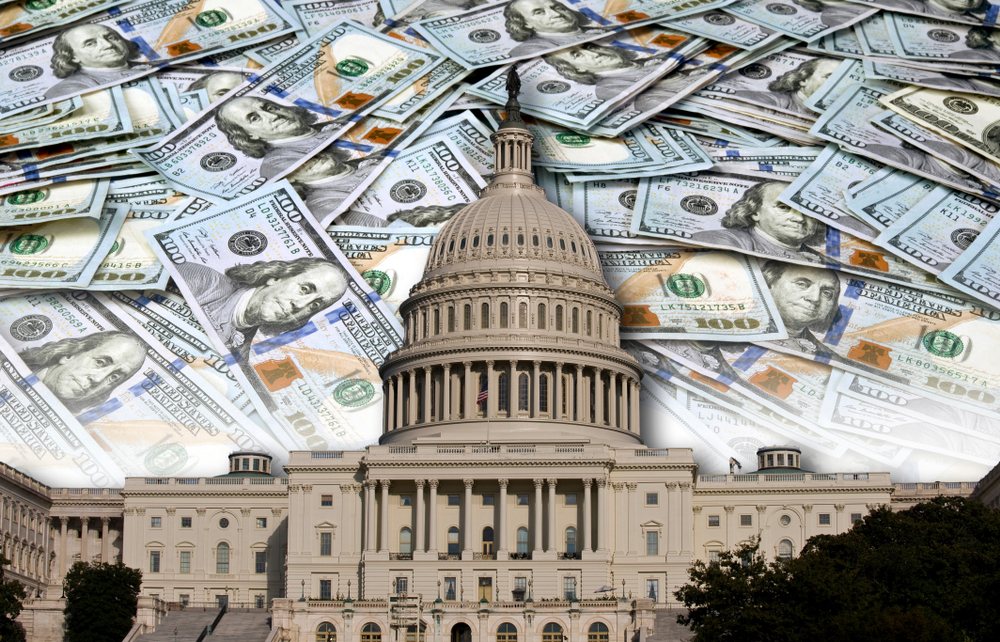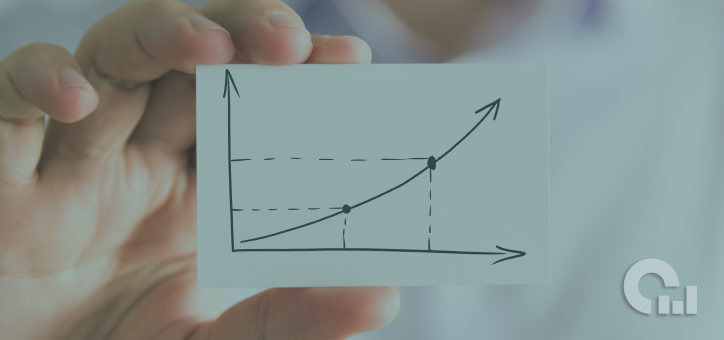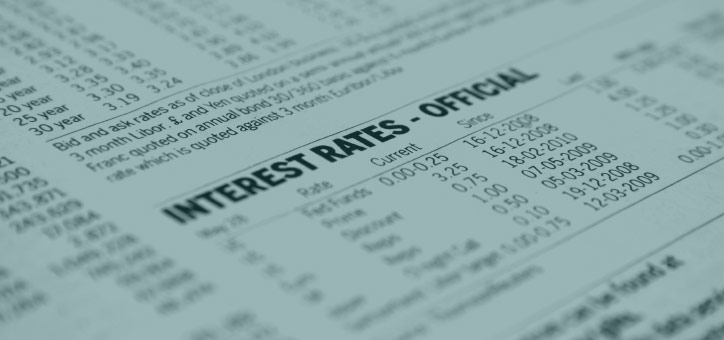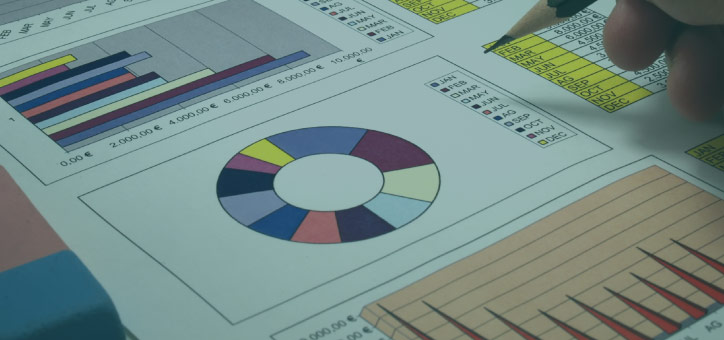 There are two principal economic sectors: the public sector and the private sector. Their interactions can be fruitful and lead to economic growth. They can also have a negative impact on one another.
There are two principal economic sectors: the public sector and the private sector. Their interactions can be fruitful and lead to economic growth. They can also have a negative impact on one another.
An increase in government spending, which takes place in the public sector, can have a positive effect on the private sector. It may also damage the economy. When the interaction is negative, affecting the supply or demand side of the economy, economists refer to this phenomenon as “crowding out.”
Principally, the crowding out theory suggests that an increase in public sector spending will reduce investment and other forms of spending in the private sector. One of the most notable forms of crowding out occurs when the federal government borrows more money than usual. With increased government borrowing, interest rates grow. As interest rates grow, private investment can drastically drop.
Think about it: would you rather invest during a time of lower or higher interest rates? With a lower interest rates, you can maximize value. In an economy with higher interest rates, economic growth because businesses are forced to pay more.
Some of the most notable proponents of the crowding out theory are:
- Milton Friedman
- John Maynard Keynes (known for Keynesian economics)
- Robert Baro
These economists, and Milton Friedman especially, claim that the crowding out effect isn’t warranted. According to Friedman, if the government doesn’t revert to an expansionary fiscal policy in times of economic necessity, the eventual outcome would be positive for the economy. He holds this idea to be true even with the factual rebuttal that government borrowing may stimulate the economy in the short-term. Still, Friedman suggests, the crowding out leads to a reduction of private investment, which is often more important for the economy.
If you’re interested in pursuing an economics degree, you may also be interested in our Best Online Economics Degrees ranking, as well as our article on What is MPC in Economics, and Why Study Economics.
What Is an Example of Crowding Out?

Take this crowding out example. Let’s say you manage a venture capital firm. A company in which you’ve invested plans to begin a project that will cost $15 million, but return $18 million. With a $3 million reliable return of investment and an interest rate of only 3% on the loan, you and the company are more than willing to execute the project.
But right as you’re about to pull the trigger, the economy enters a more fragile state, leading the government to increase its borrowing and announce a stimulus package. This package will benefit some companies, and few businesses argue against stimulus benefits. At the same time, though, the real interest rate will rise by 1% for companies in the private sector.
This raise will cause an immediate reduction in private investment, especially considering the status of the economy. But how will the interest rate affect your potential project? Let’s do the math. A 1% increase in interest rates will increase your interest by 33%–from 3% to 4%. Now, instead of spending $15 million to make $18 million in returns, the company would have to invest $17.25 million for the same return. With only a $750,000 profit and increased risk, the business may decide that investing will have to wait.
Thus far, we’ve focused on how government borrowing leads to crowding out, but government borrowing is only one of the ways in which the private sector can be crowded out. An increase in government spending can also lead to the crowding out effect.
Let’s look at one simple example of crowding out in economics. A city decides to resurface its roads. Many private contractors rush to seize this opportunity, but the government instead decides to initiate a public project that would designate public contractors for the job. The government saves money by choosing the public path, but the private sector faces crowding out. With the government’s new road creation project crowding out negatively affects the economy by:
- local companies lose work
- with the new public investment, taxpayers must pay more as a result of the expansionary fiscal policy
What is the Crowding Out Effect in Macroeconomics?
When the government is running at near capacity with a high employment rate and then increases its spending, it causes the crowding out effect in macroeconomics. When the government increases spending this will “crowd out” the private spending and investment. Private sector spending may decrease as well as investment spending. It may cause a budget deficit. In the short run, this would not stimulate the economy. If the government is borrowing money to cover the spending increases it affects the way the entire market borrows and saves. The cost of borrowing will increase. The central bank may not give out as many loanable funds. Interest rates may increase. This may cause private sector investment to decrease.
Aggregate demand describes the goods and services produced in an economy. Private sector spending and investment will fall when the government doesn’t increase the aggregate demand.
If the government wants to increase public spending there may be higher taxes or they may sell government bonds.
- Crowding out in economics is not usually an issue during a recession. If the government wants to increase spending, it can use under-resourced services and boost What Is the Crowding In Effect?

The crowding-out theory has become prevalent across economic textbooks, publications, and agencies, but you may have also heard theorists and scholars talk about crowding in. So what is it? As we discussed, crowding out occurs when increased government borrowing or government spending –usually as a means to boost the economy–has a negative effect on the public sector and consumer spending. This happens when the economy is running at almost full employment.
Sometimes, though, expansionary fiscal policy really does serve as a spark. When increased government spending or borrowing has a positive effect on the economy, allowing more private investment and more jobs, economist refer to this phenomenon as crowing in.
There are few topics more divisive in the economic field than expansionary fiscal policy. Whether it impedes the economy or allows it to grow is a hotly debated topic, and like most economic theories, man professionals remain divided. To be sure, though, expansionary fiscal policy isn’t consistent. Sometimes it helps the economy, and sometimes it hinders it.
Conclusion to Crowding Out in Economics
The crowding out suggests that when the government borrows money and increases its spending the interest rate will increase and investments will decrease. Crowding out is a phenomenon when the government gets involved in the market economy and it impacts the private sector. The economic activity has pros and cons for financial markets.
For more, check out our ranking on the Best Online Economics Degrees, What is MPC in Economics, and Why Study Economics.
Related:
- Ultimate Guide to Economics
- Most Affordable Online Economics Degrees
- Best Online Masters in Economics
Business Management Guides
- Ultimate Guide to Business Administration
- Ultimate Guide to Hospitality Management
- Ultimate Guide to Economics
Business Management Degrees
- Most Affordable Online Hospitality Management Degrees
- Best Online Master’s in Hospitality Management
- Most Affordable Online Economics Degrees
Business Management FAQs





